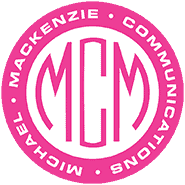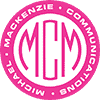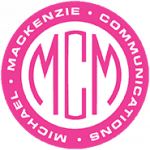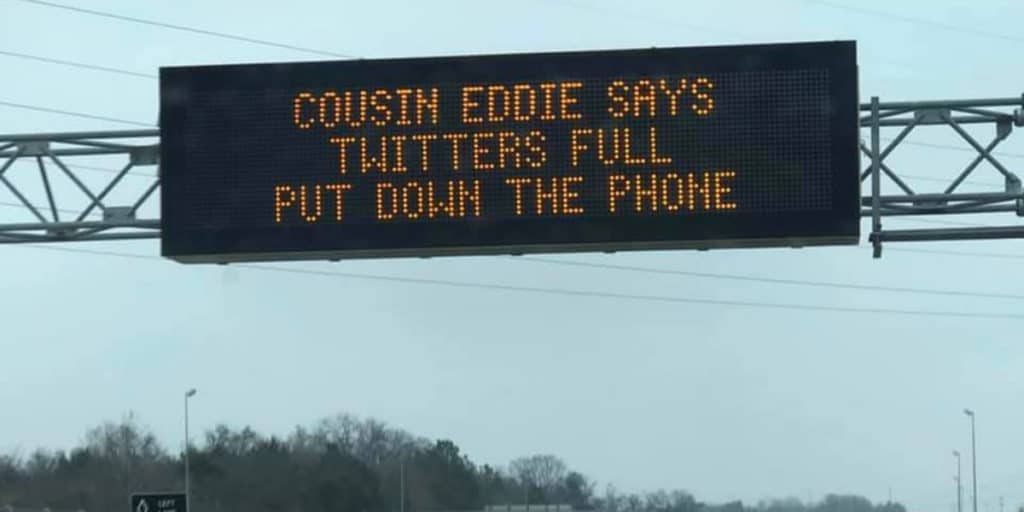American humorist Leo Rosten once said, “Humor is, I think, the subtlest and chanciest of literary forms.” In business, it can be difficult to use humor in messaging without offending your customers and prospects. That means weighing the risk against the potential reward. But when done right, humor can be much more effective at getting a message across.
Take, for example, the highway signs warning us not to text and drive. The message is always the same uninteresting refrain, and too many drivers simply tune it out. However, replace those humdrum messages with a funny one, and people take notice. Case in point, the highway signs in Tennessee recently read “COUSIN EDDIE SAYS TWITTERS FULL. PUT DOWN YOUR PHONE.” It took me a moment to get the reference (National Lampoon’s Christmas Vacation), but once I did it made me laugh out loud. With that simple, timely humor (it was December), the DOT got my attention and I got the message.
This was not the first time that TN DOT has used humor to engage travelers. In 2016, the TN DOT ran a contest where residents could enter their favorite quips in hopes of having them featured on the signs. The goal was to raise awareness about highway safety, but the end result was more people paying attention to the signs – a great example of humor used well.
Another example that comes to mind is from a tradeshow I attended several years ago. One of the vendors had gifts delivered to customers and select prospects in their hotel rooms. I don’t remember now what the accompanying message was, but I do remember that it was a little risqué, and therefore a bit risky. Had the tradeshow been in any city other than Las Vegas, it would not have been appropriate. However, the message worked because of the location. The vendor took a calculated risk, and it paid off.
If you want to include humor in your marketing messages, you’ll want to keep a few things in mind:
- Target audience: Will your target audience get the joke or not? You don’t want to use a reference that only millennials relate to if you’re marketing to Baby Boomers, and vice versa.
- Non-target audience: Will your message offend, insult or upset your non-target audience? If your message will only go to your target audience, this may not be a concern for you. But if your message is in the public sphere, your brand can suffer greatly if you don’t consider this.
- Timing: Are you referencing a social trend, holiday or big event? If so, make sure that the timing of your message fits. References to Pokémon Go won’t be as effective now as they were at the height of the craze. Nor will Christmas references be as effective in June.
- Location: Is your message intended for a specific location (like the tradeshow example above)? If so, then you might be able to use messaging that fits the location.
- Trademarks: Are you referencing a new movie coming out or a big event? If so, be careful of using trademarked names. Large companies are very sensitive when it comes to their trademarks, and you don’t want to end up in a lawsuit.
To conclude, humor in messaging can be a great marketing tool. Just be sure that it’s relevant, timely, tasteful, and appropriate to your audience.
This post is courtesy of MMC Project Manager Chris White.



